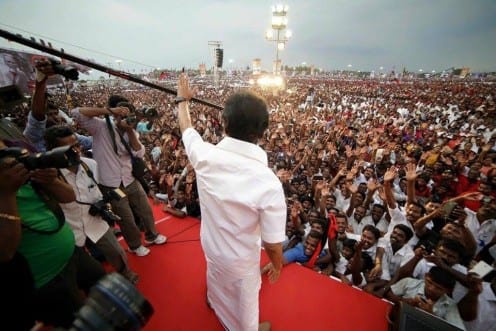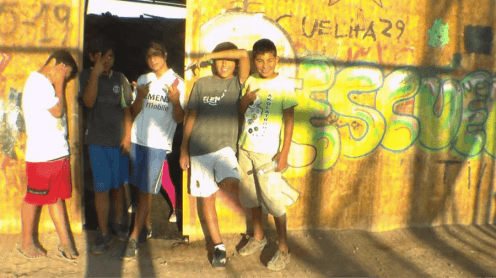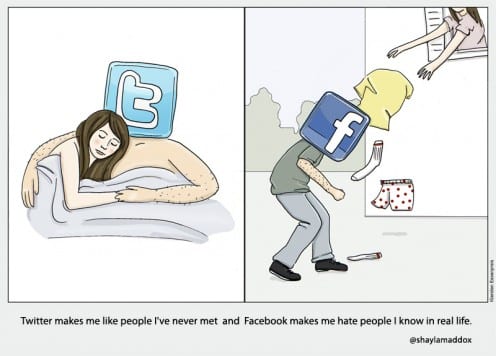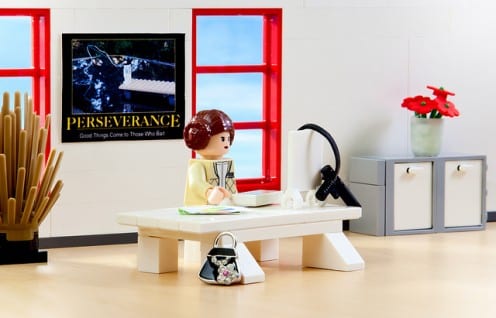Normativity and social visibility
By Jolynna Sinanan, on 14 October 2015
It has been exactly a year since finishing 15 months of fieldwork in Trinidad. Stories for this blog have moved further and further away from cool stuff that was coming out of the field and living in Trinidad, to the far less exciting but far more intense process of endlessly thinking and rethinking the material and drafting and redrafting articles, book chapters, and books (yes, all plural) from three years of research.
So it’s kind of like experiencing the weather from the ground, how it looks and what it feels like, and then looking at the weather from the sky and how the movement of clouds influences what is happening below. This is what moving from the field to writing feels like, moving from experience and observation to the more abstract.
I have been drawing on my field work in Trinidad for, among other things, edited book chapters on different topics, from emotions and technology to social networks in small communities to social media and ethnography. What has been most striking about working on these condensed pieces of writing and stories from the field is the focus of on the everyday, what is normal in the places we lived and what people in those places take for granted. When we started this project in 2012, we didn’t want to look at isolated, spectacular social media events that seemed to be the thing at the moment, whether it was the Kony 2012 campaign or the Ice Bucket Challenge, although these sort of one off things did appear throughout the research. We were far more interested in normal social media practices and if something came up that everybody talked about, shared or commented on, we were able to contextualise it in everyday relations.
Yet, it is these types of spectacular social media events that attract the most attention. It’s like reading about media in media, which reminds me more of the anxieties of post-modernism and post-post-modernism of the 1990s, where social phenomena is likened to simulacra. From the comparative studies of nine societies (a lot of people) one of our key conclusions is that the use of social media can be generalised as being generally unspectacular. There is a previous blog post on how memes can be a visual means to reinforce social norms and morally acceptable behaviour. Humorous memes also provide a safe and popular way for people to express their views without coming across as too self-righteous or taking oneself too seriously.
Memes are just one example of visual posts, others that show food, outfits, places and events again show the everyday. The more exciting or idealised aspects of the everyday, but the everyday nonetheless. And when the idealised aspects of the everyday are shown, they usually conform to a shared sense of what living the good life means, around consumption and lifestyle, which is particularly important given that for several research participants, especially in the Brazilian, Chinese, Indian and Trinidadian field sites, upward mobility is a genuine aspiration. Again, not surprising that aspirations around lifestyle would be more obvious in the sites in countries that are commonly called ‘developing’ or in ‘the global south’.
The other half of posting (at least visual posts) around social norms is that the audience for these posts are one’s social peers and networks, social media simply makes these forms of expression more visible. Prior to social media, normativity and social visibility have had a long interrelationship and was explored with much more depth by thinkers such as Georg Simmel and more recently Agnes Heller. One of our findings summed up in once sentence is that people care what other people think and say about them, especially if they are from small towns where more people know each other and live alongside one another. There might be social media events that capture participants’ attention for a short time, but by and large, social media usage is, well, normal.
 Close
Close















